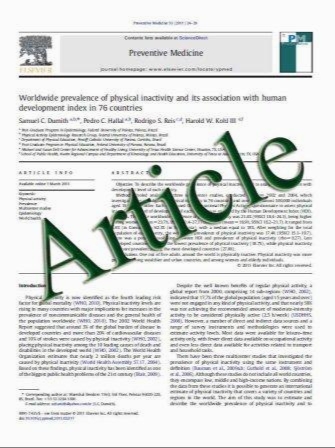Cardiac troponin T concentrations above the 99th percentile value as measured by a new high-sensitivity assay predict long-term prognosis in patients with acute coronary syndromes undergoing routine early invasive strategy
- نوع فایل : کتاب
- زبان : انگلیسی
- مؤلف : S. Celik E. Giannitsis K. C. Wollert K. Schwo¨bel D. Lossnitzer T. Hilbel S. Lehrke D. Zdunek A. Hess J. L. Januzzi H. A. Katus
- چاپ و سال / کشور: 2011
Description
Objective A recently developed immunoassay for highsensitivity measurement of cardiac troponin T (hsTnT) allows measurement at the 99th percentile for a normal population with an assay imprecision \10%. It is unclear whether such a low cutpoint (14 ng/L) is helpful for long-term risk stratification of patients with an acute coronary syndrome (ACS) undergoing routine early invasive strategy. Patients and main outcome measures Consecutive patients with ACS admitted to a chest pain unit were studied. The usefulness of hsTnT for early diagnosis of myocardial infarction (MI) and prediction of all-cause death or death/MI over a median of 271 days following presentation was compared against the fourth generation cTnT at the 99th percentile cutpoint. Results Of 1,384 patients with ACS enrolled, 47.8% had non-ST-segment elevation MI (NSTEMI), 26.4% unstable angina, 21.8% STEMI and 4% had non-ACS. Adjusted risk for all-cause death [adjusted HR 8.26 (95%CI: 1.13–66.33), p = 0.038] and death/MI [adjusted HR 2.71 (95% CI: 1.15–6.38), p = 0.023] were significantly higher with hsTnT above the 99th percentile. In particular, among patients with a standard fourth generation cTnT result below the 99th percentile cutoff (0.01 ng/mL), hsTnT improved risk assessment. Mortality risk associated with an elevated hsTnT was present across the spectrum of ACS, as well as in conditions with hsTnT elevations not related to ACS. Conclusion hsTnT at the 99th percentile cutoff is useful for the diagnostic evaluation of patients with ACS, and provides strong and independent predictive power for adverse long-term outcomes even after early invasive strategy.
Clin Res Cardiol Received: 30 March 2011 / Accepted: 5 July 2011


